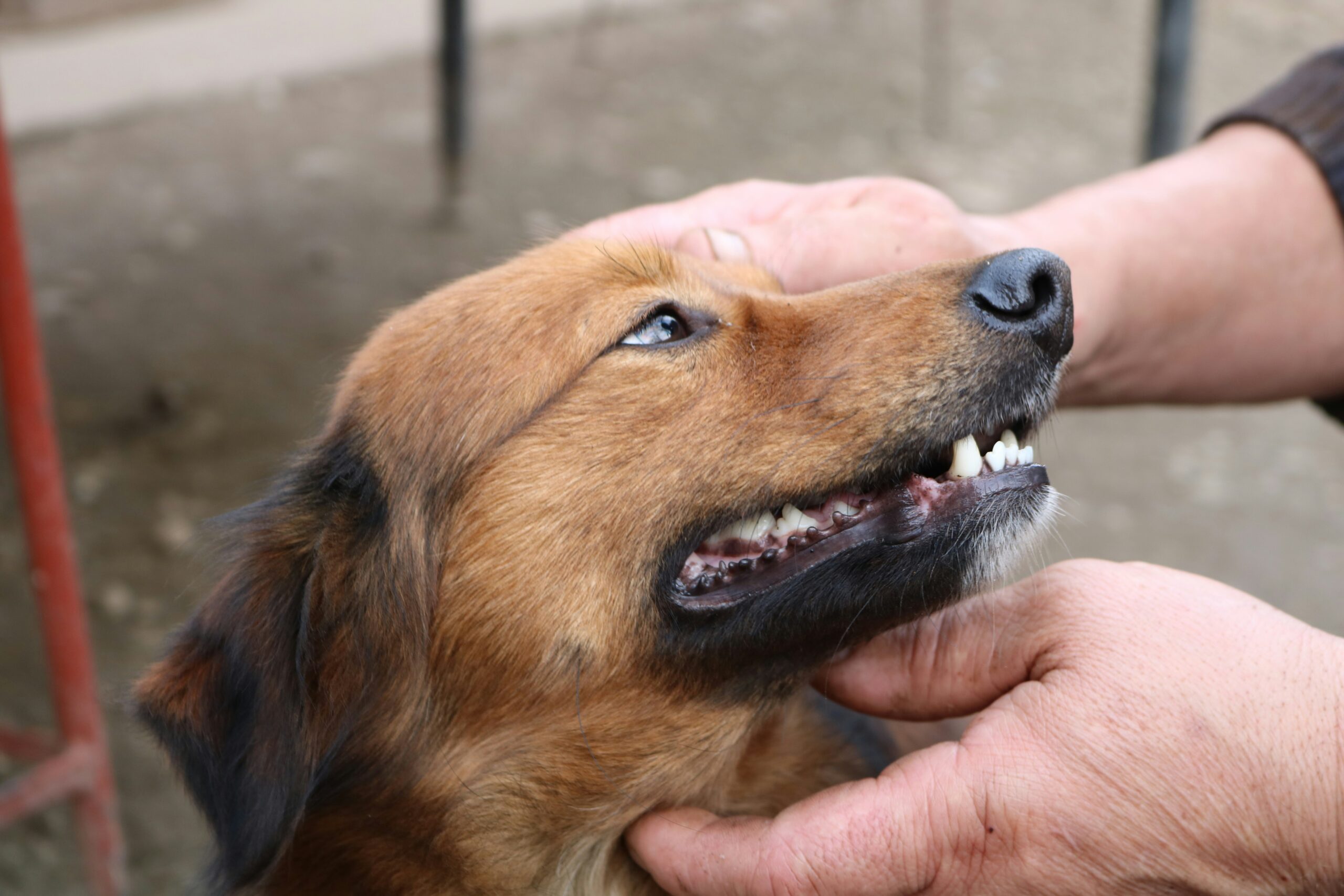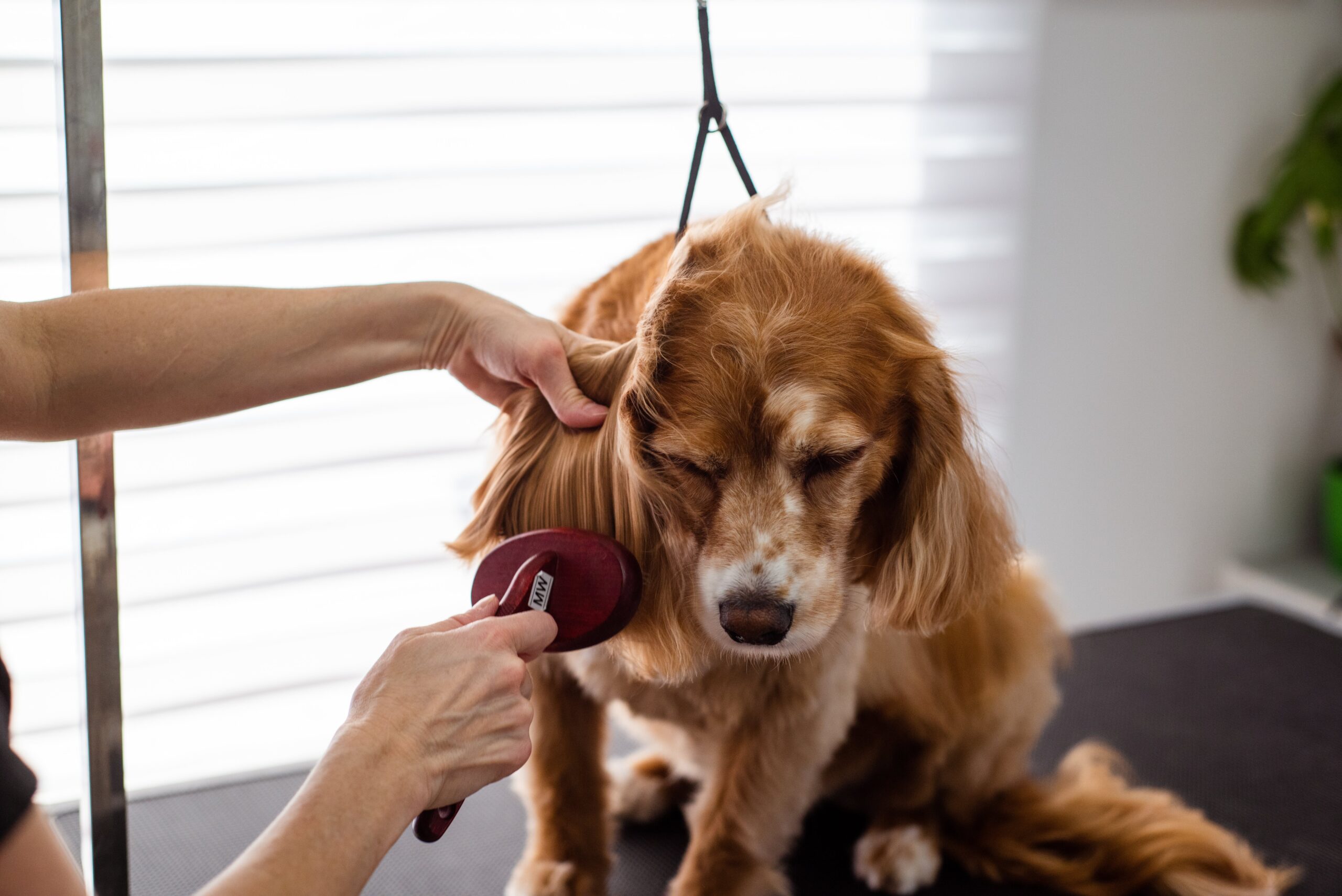We’ve listed the 12 dog breeds such as loyal Akita that shed the most and provided care guidelines for each breed to help you choose your ideal furry friend.
- Dog Breeds That Shed the Most
- Why do some dog breeds shed more than others?
- 1. Akita
- 2. Alaskan Malamute
- 3. American Eskimo Dog
- 4. Bernese Mountain Dog
- 5. Cardigan Welsh Corgi
- 6. Chow Chow
- 7. German Shepherd Dog
- 8. Golden Retriever
- 9. Great Pyrenees
- 10. Labrador Retriever
- 11. Pembroke Welsh Corgi
- 12. Siberian Husky
- How to manage shedding in heavy-shedding dog breeds?
- Summary
- FAQs
Dog Breeds That Shed the Most
For dog lovers on the lookout for a new friend, shedding is one important consideration. Although all dogs shed this feature can be annoying as some breeds have heavier coats, making cleaning difficult. This information will help people know what breed they want as pets hence deciding which dog is best for them. From the friendly Labrador Retriever to majestic Alaskan Malamute all dogs need grooming.
Why do some dog breeds shed more than others?
The amount of shedding in the different dog breeds depends on genetics, coat type, and seasonal factors. Some breeds such as German shepherds and huskies are more prone to shedding due to their double coat consisting of a thick undercoat that sheds a lot during certain times of the year. A type of coat also affects the level of shedding mostly with double-coated ones losing a lot more fur at once, especially during transitions from one season into another than single-coated ones do.
Also, as there is continuous hair growth for them with similar fur-like coat types like Poodles and Shih Tzus it makes them shed less compared to others with straight hair. Regular grooming, including brushing and bathing, can help control excessive hair loss in dogs. If low-maintenance breeds are not groomed regularly, they may shed more.
1. Akita

The fluffy Akita is a powerful and dignified breed with loyalty and a protective nature. A thick double coat is characteristic of this breed. Shedding occurs year-round with significant increases during seasonal changes, especially in spring and fall. Regular grooming helps to manage shedding and maintain coat health.
2. Alaskan Malamute
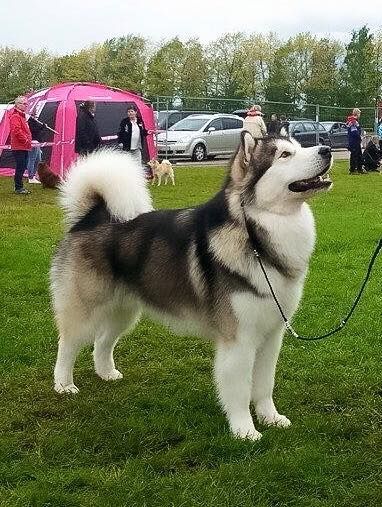
The Alaskan Malamute is a big and tough dog that was initially bred to pull sleds. Its thick double-layered fur protects it from frigid temperatures but makes it shed a lot. For less fur around, brush the fur often several times weekly to help prevent matting.
3. American Eskimo Dog
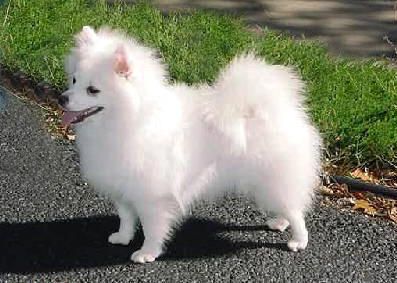
The American Eskimo Dog is an exceptional dog breed that is intelligent and agile. The species comes in three versions toy, miniature, and standard. In all sizes, there is a fluffy double coat, mostly white, which sheds continuously. To handle shedding regular grooming becomes important for a cleaner pet, at least once every week but two to three times during high shedding periods preferably during summer months.
4. Bernese Mountain Dog

The Bernese Mountain Dog is a nice huge pet famous for its gentle temperament and striking tri-color coat. It has a thick, silky double coat that sheds a lot, especially during spring and autumn. Therefore, regular brushing is essential to minimize shedding and keep the coat healthy. Also, this breed may need professional grooming to manage its size and coat length.
5. Cardigan Welsh Corgi

Cardigan Welsh Corgi is a robust breed that has been employed as a herd-work dog for many centuries. Although they have short hair, they shed most. The coat comprises a thick undercoat and a rougher outer one, which causes constant loss of hair in all seasons. To ensure control over shedding as well as to maintain its appearance, it is recommended to brush the fur at least once a week.
6. Chow Chow

The Chow Chow is famous for its unique preference for looking like a lion and behaving oddly sometimes. It possesses a thick coat of fur that needs constant combing so as not to tangle or pour out strands too often. This breed is moderate shedders throughout the year although it gets more intense during the spring and fall. Brushing the Chow Chow is necessary for its owner, especially during the shedding season.
7. German Shepherd Dog
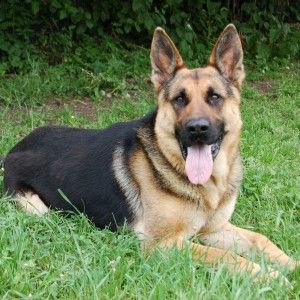
The German Shepherd Dog is one of the most versatile and intelligent dogs. Their fur is dense and double-layered, shedding a little bit every day throughout the year also with heavier seasonal change shedding. It is important to brush them regularly (ideally 3 times a week) to manage their coat due to their constant hair loss.
8. Golden Retriever
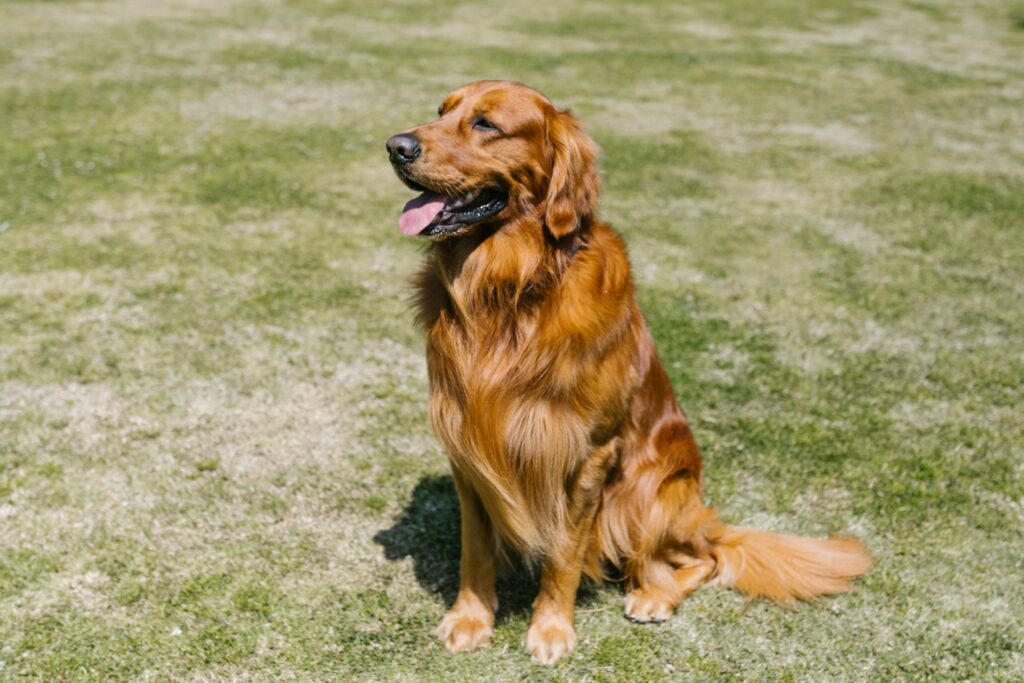
Golden Retrievers are cherished family companions. They’re famous for being sweet-natured and smart. They have a soft, water-resistant coat that sheds more during peak shedding periods. Also bathing them regularly helps in reducing the amount of loose hair.
9. Great Pyrenees
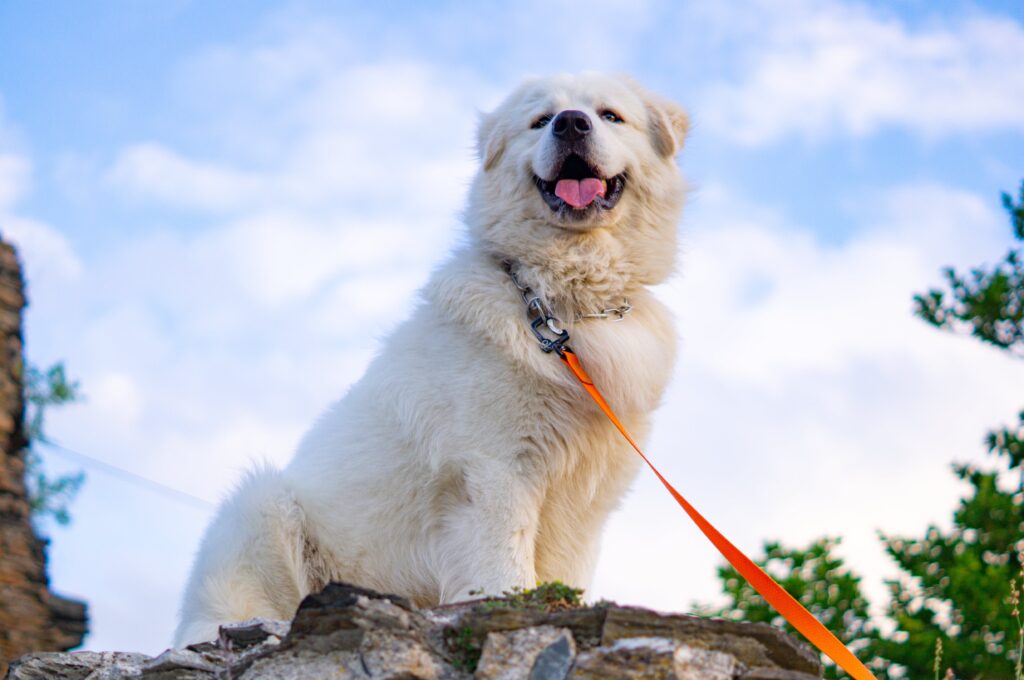
Huge in stature and warm at heart, the Great Pyrenees have double-thick fur coats that keep them warm during winter months. In some seasons, however, shedding becomes more pronounced than usual. Regular grooming – brushing a week or more often if necessary – will help keep shedding under control and prevent serious tangles from forming.
10. Labrador Retriever

Most people like Labrador retrievers as pets due to their friendly character. Their short, thick fur falls off throughout the year but more heavily during the spring and autumn. It is advised to brush them at least once a week to manage the amount of hair they leave behind. Bathing these dogs is necessary too to control shedding and improve fur condition.
11. Pembroke Welsh Corgi

The Pembroke Welsh Corgi is a little intelligent breed, which carries herding background. Their short coated bodies make them moderate shedders but shedding happens during all seasons of the year. Shedding should be combated regularly by making weekly brushing, this will help in maintaining their coat.
12. Siberian Husky
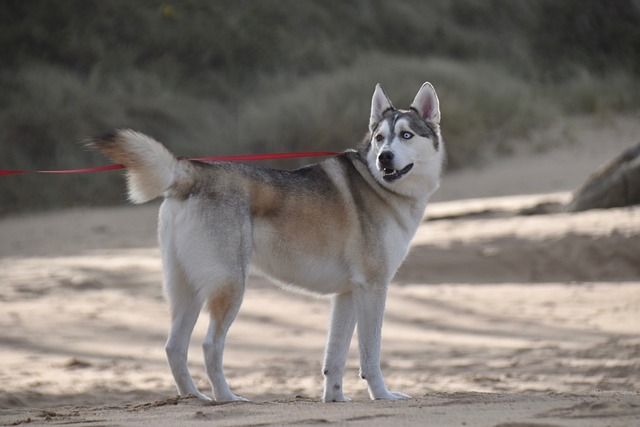
The Siberian Husky is a beautiful breed distinguished by its appearance and gentle ways. For protection against flurries, it has a double fur structure which is very thick. Throughout the year, huskies lose hair continuously but there are two prominent times when they undergo a big shedding of fur. Setting up good care routines like combing several times a week helps minimize fur losses, and keep the coat glowing.
How to manage shedding in heavy-shedding dog breeds?
The management of shedding in high-shedding dogs entails embracing grooming, diet, and environmental cleanliness. Regular brushing is vital, depending on the coat type, you may need to brush your dog daily. The appropriate tools such as slicker brushes, de-shedding tools, and wire-pin brushes can help get rid of loose hair and prevent matting. Bathing your pet regularly with a mild shampoo specifically formulated for dogs can also help you get rid of dead fur while using de-shedding shampoos that contain fatty acids would nourish the coat hence reducing hair loss even more.
A high-quality diet containing protein and omega-3 fatty acids is essential for a healthy coat in addition to grooming. Increased shedding may result from poor nutrition, thus consulting with a veterinarian on fat supplements can help. Another factor to consider is environmental management, vacuuming frequently helps control hair that sheds while furniture covers protect upholstery. It is also crucial to keep your dog hydrated since this is important in preventing dry skin and unwanted amounts of fur loss.
Summary
Despite these dog species being acknowledged for always losing hair, you can get rid of excess hair and help minimize the amount of shedding in your house more frequently than not by doing grooming services. Potential buyers must weigh their long-term devotion to caring routines aimed at choosing a breed.
FAQs
What are the best ways to reduce shedding in high-shedding dog breeds?
Maintaining good hygiene and feeding them well will help in minimizing their shedding. One can effectively manage loose hair by frequent brushing, particularly during shedding seasons and using appropriate grooming tools.
Do high-shedding dog breeds require more frequent bathing?
To maintain the health of their coat and skin breeds such as collies or huskies who shed more should be bathed more often than others who are less likely to shed frequently. It is, however, important not to wash them too often because this could lead to skin irritation, hence understanding the right balance is essential.

